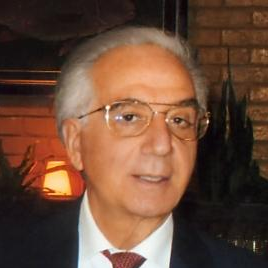Mast Cells in Health and Disease
A special issue of International Journal of Molecular Sciences (ISSN 1422-0067). This special issue belongs to the section "Molecular Biology".
Deadline for manuscript submissions: closed (15 June 2019) | Viewed by 120679
Special Issue Editors
Interests: basophils; mast cells; asthma; allergic rhinitis; eosinophils; macrophages; TSLP; common variable immunodeficiency; IL-33
Special Issue Information
Dear Colleagues,
Mast cells are hematopoietic cells that arise from pluripotent precursors in bone marrow. Mast cell progenitors circulate in the blood and complete their maturation in all vascularized tissues under the influence of local factors (e.g., cytokines, chemokines). Although mast cells are traditionally best known for their detrimental impact on allergic disorders, there is increasing evidence that they can also play homeostatic, protective, and immunoregulatory roles.
This Special Issue on “Mast Cells in Health and Disease” addresses the aforementioned immunological activities, receptor systems, activating stimuli, and signal transduction of mast cells. Furthermore, the role of mast cells in allergic disorders, mastocytosis and mast cell activation syndrome, autoimmune diseases, cardiometabolic disorders, infectious diseases, and cancer will be discussed.
We hope that this Special Issue will provide a platform for enhanced research on mast cell biology.
Prof. Gianni Marone
Dr. Gilda Varricchi
Guest Editors
Manuscript Submission Information
Manuscripts should be submitted online at www.mdpi.com by registering and logging in to this website. Once you are registered, click here to go to the submission form. Manuscripts can be submitted until the deadline. All submissions that pass pre-check are peer-reviewed. Accepted papers will be published continuously in the journal (as soon as accepted) and will be listed together on the special issue website. Research articles, review articles as well as short communications are invited. For planned papers, a title and short abstract (about 100 words) can be sent to the Editorial Office for announcement on this website.
Submitted manuscripts should not have been published previously, nor be under consideration for publication elsewhere (except conference proceedings papers). All manuscripts are thoroughly refereed through a single-blind peer-review process. A guide for authors and other relevant information for submission of manuscripts is available on the Instructions for Authors page. International Journal of Molecular Sciences is an international peer-reviewed open access semimonthly journal published by MDPI.
Please visit the Instructions for Authors page before submitting a manuscript. There is an Article Processing Charge (APC) for publication in this open access journal. For details about the APC please see here. Submitted papers should be well formatted and use good English. Authors may use MDPI's English editing service prior to publication or during author revisions.
Keywords
- mast cells in allergic disorders
- mast cell receptors
- mast cell cytokines
- mastocytosis
- mast cells in autoimmune diseases
- mast cells in cancer
- mast cells in cardiometabolic disorders







